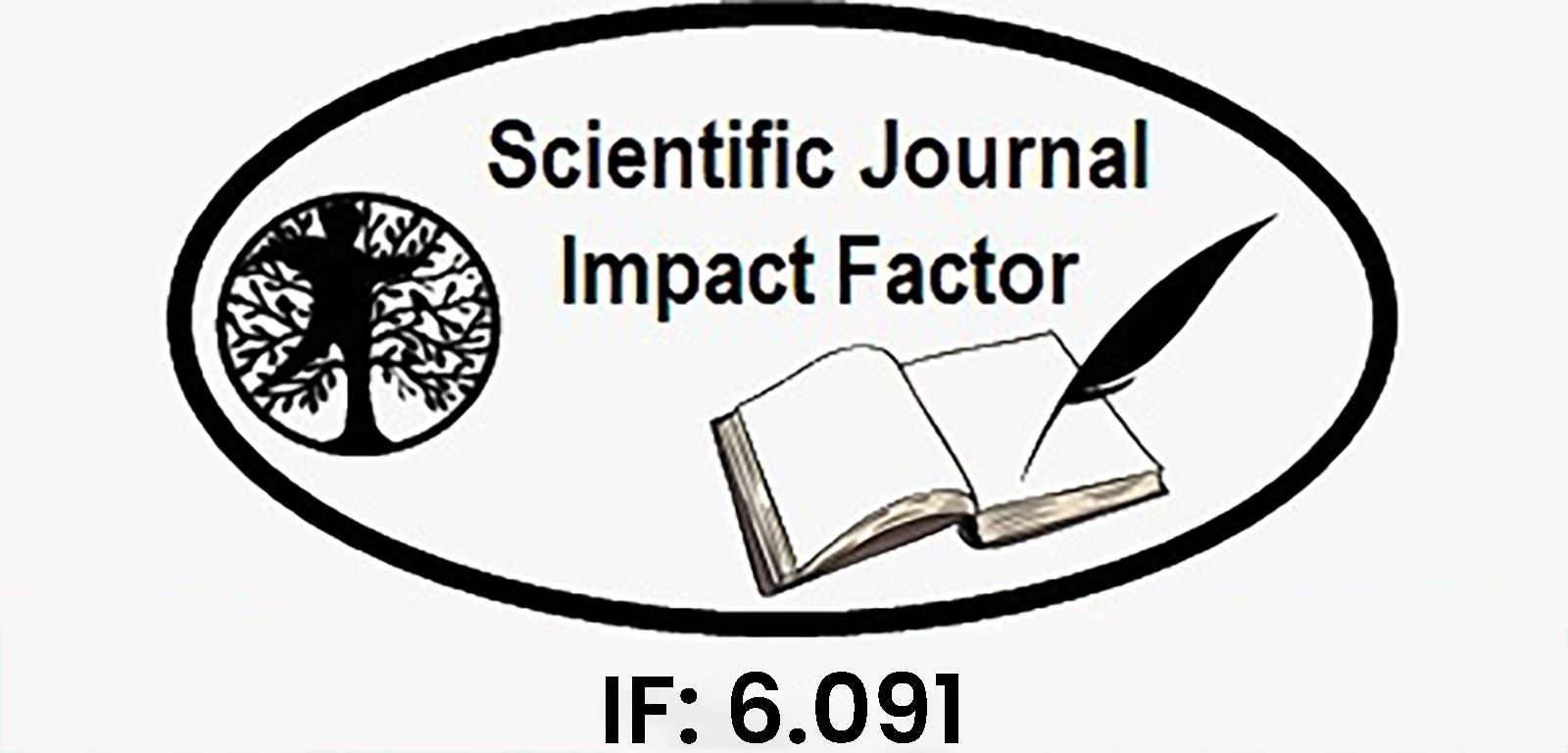Implementing AES Encryption Algorithm to Enhance Data Security in Cloud Computing
Keywords:
AES algorithm, Cloud computing, Cyber threats, Symmetric encryption, Cryptographic transformations, Confidentiality, Integrity, Regulatory standards, Cryptanalysis, Encryption solutionsAbstract
Implementing the Advanced Encryption Standard (AES) algorithm in cloud computing is critical for improving data security in the face of increasing cyber threats and the exponential development of sensitive data storage and processing on remote servers. AES, a symmetric encryption method, uses a variety of cryptographic transformations to encrypt and decrypt fixed-length data blocks while maintaining strong confidentiality and integrity. AES emerged as the encryption standard in 2001, replacing the outdated Data Encryption Standard (DES), following a public competition organized by the United States National Institute of Standards and Technology (NIST) in the late 1990s. Its widespread acceptance across sectors and cloud computing environments can be attributed to its effectiveness in data security. This paper describes the methods for implementing AES, with a focus on key expansion, algorithm phases, and practical concerns for cloud deployment. While AES provides major security benefits, issues such as compatibility, performance overhead, and key management remain, necessitating constant research and innovation to solve these concerns and enhance AES encryption solutions in cloud computing. Organizations that apply AES principles can strengthen their data security posture, comply with regulatory standards, and promote confidence among cloud users by protecting critical information from unauthorized access and cyber threats.
Downloads
Downloads
Published
Issue
Section
License

This work is licensed under a Creative Commons Attribution-NonCommercial-NoDerivatives 4.0 International License.















